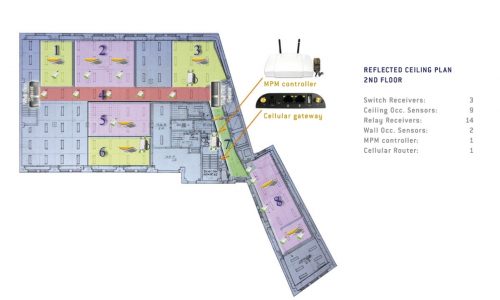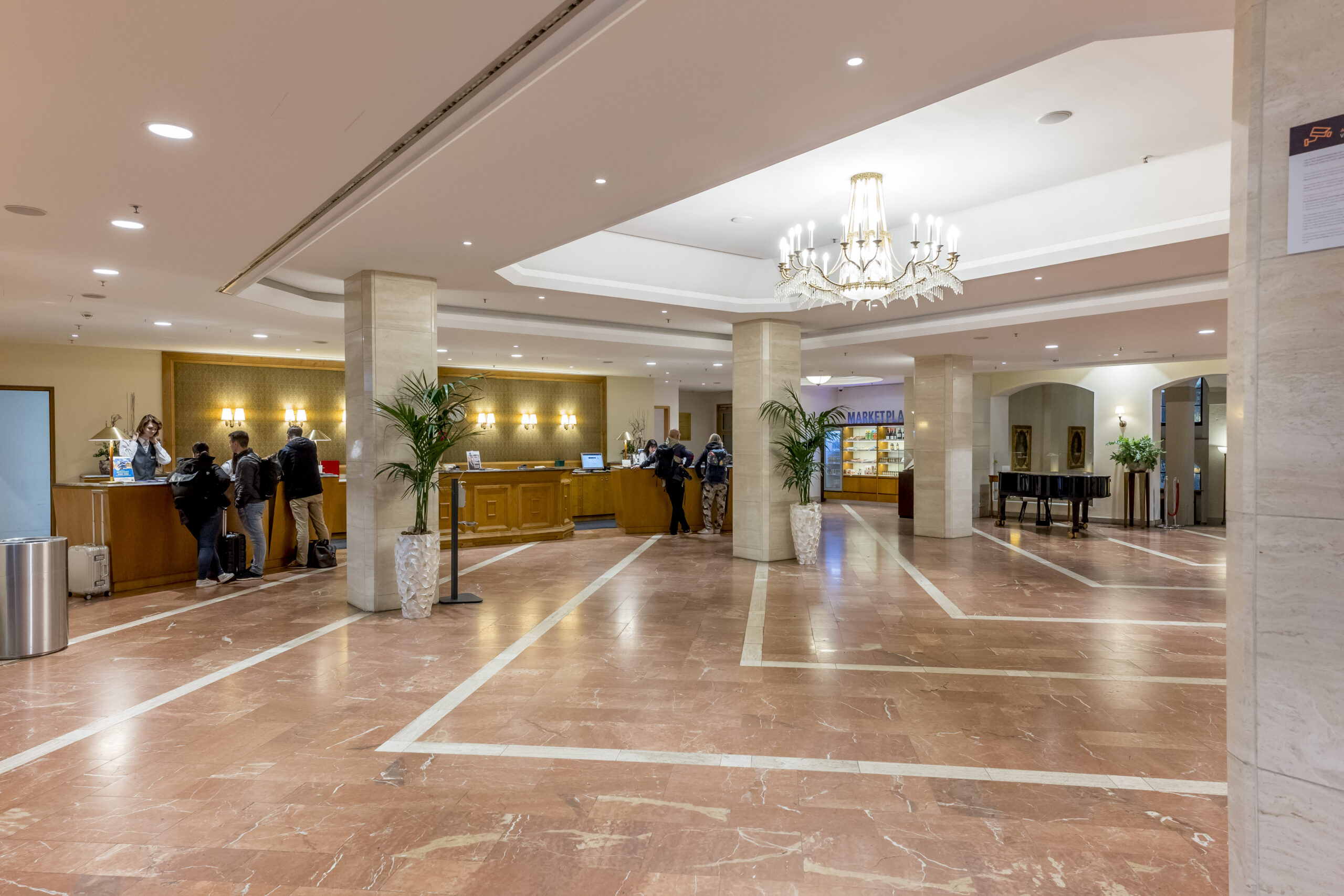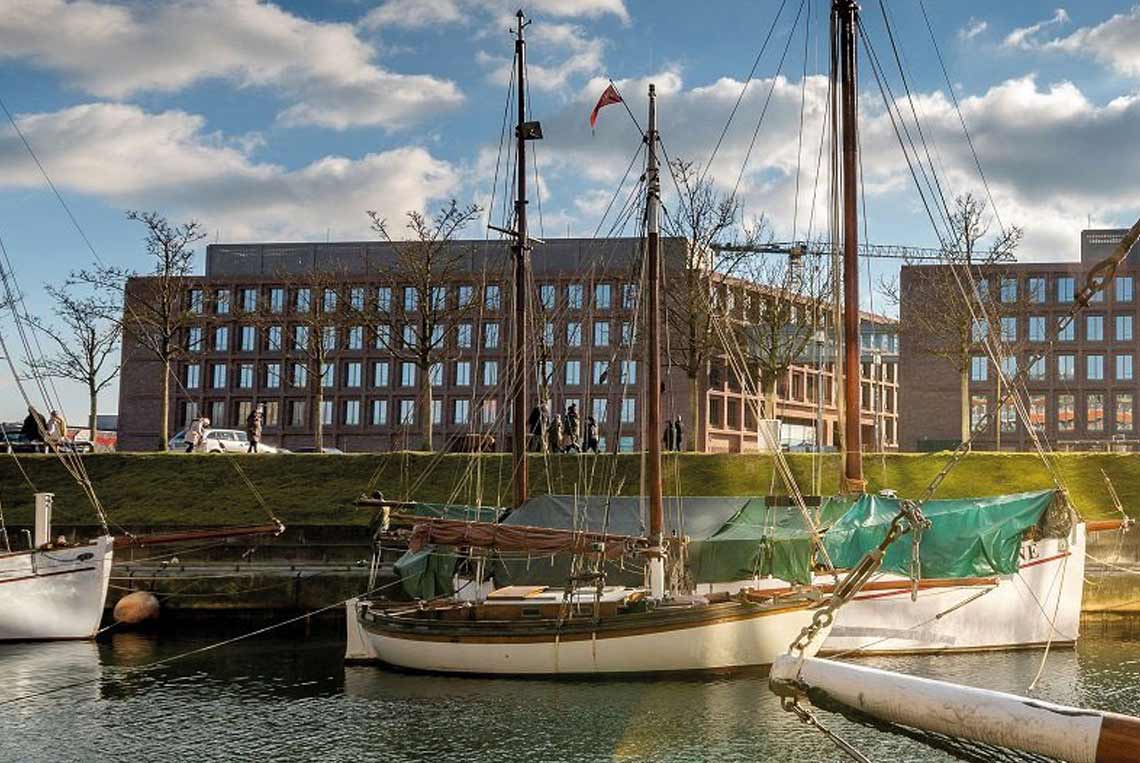New York City innovation program chooses EnOcean technology
Issue 01-2015:
read all articles online
read as pdf
The highly flexible, wireless solutions from Illumra help the city to achieve reduced energy consumption at 30 percent by 2017. The Thomas Jefferson Recreation Center and the NYC Department of Sanitation are the first-mover retrofit projects.
New York City’s Office of Sustainability estimates that of the 950 000 buildings in the city today 85 percent will still be standing in 2030. The majority of this aging building stock was constructed before the establishment of energy sensitive building codes; hence these buildings will continue to negatively affect the city’s energy utilization profile well into the foreseeable future. To help the city meet its urgent goal of reducing energy consumption and greenhouse gas emissions of 30 percent by 2017, the NYC Department of Citywide Administrative Services (DCAS) created and launched the Innovative Demonstrations for Energy Adaptability (IDEA) program.
A sustainable idea
The IDEA program seeks to identify new emerging energy technologies and evaluate their potential for deployment across NYC’s larger building portfolio. The initial program focus was on building controls, and in June of 2014, DCAS engaged Building Energy & Sustainable Technologies, Inc. (BEST Energy), forward-thinking environmental/energy solutions firm, to develop a lighting control solution that could overcome the significant retrofit challenges presented by the majority of NYC buildings built in the last century.
The best choice
BEST Energy designed an occupancy-based lighting control system based on EnOcean’s self-powered wireless technology. The EnOcean technology made it easy to layer and integrate controls without costly, time consuming construction efforts. In addition, the large ecosystem of EnOcean products allowed BEST to specify the top products from different manufacturers that easily interoperate. The system was already realized in the two following historical buildings, ideally meeting their specific requirements:
Thomas Jefferson Recreation Center
The Thomas Jefferson Play Center opened in the summer of 1936. As a NYC historical building, it was constructed with WPA funding following the Great Depression. The facility utilized low-cost building materials such as brick and cast concrete, and employed the curvilinear architecture of the 1930’s Art Modern style. Most public areas had no local light switches, which meant occupants had to use circuit breakers for basic on-off control. Furthermore, the concrete masonry demising walls and plaster ceilings made conventional retrofit wiring strategies extremely difficult or impossible.
The Rec Center project utilized Illumra EnOcean-based relays to convert the circuit breakers from manual on/off operation to automatic, occupancy-based lighting control throughout the building. In some areas, Illumra relays were inserted into lighting fixtures to reconfigure the lighting circuits and deliver more granular control than what was originally designed almost 80 years ago.

NYC Department of Sanitation
The NYC Department of Sanitation’s early 1900’s office building had been reconfigured many times over the years to suit the changing human resource needs of the agency. It did have local lighting switches for manual control; however, the original lighting circuits did not match the current floor plan usage throughout the twelve-story building. Moreover, the z-spline ceiling prevented access to the ceiling plenum so that conventional rewiring strategies would be near impossible and cost prohibitive.
The Dept. of Sanitation lighting control project utilized wireless switch receiver from Leviton in combination with Illumra’s wireless wall and ceiling occupancy sensors. The Leviton wireless switch replaced the conventional single-pole wall switches. After pairing the wall switch with the self-powered occupancy sensors, the wall switch automatically shuts off lights when the room is vacant. Conversely, the wall switch will automatically activate the lights upon occupancy detection when in auto-on mode.
Savings under control
Both projects utilized Schneider Electric’s unique MPM controller solution to network the various EnOcean devices and give the City agencies the ability to trend, and deliver measurement and verification to DCAS. The MPM also allows the EnOcean devices to be connected to the City’s larger BACnet-based building management system (BMS) if desired.
In time, DCAS will share the successful results of these projects with its 80 sister agencies to advance largerscale deployments city wide. The hope is that these wireless technologies will hasten New York’s broader carbon reduction goals and transform their 19th century buildings into 21st century buildings.
New articles in Smart Building
Top articles





